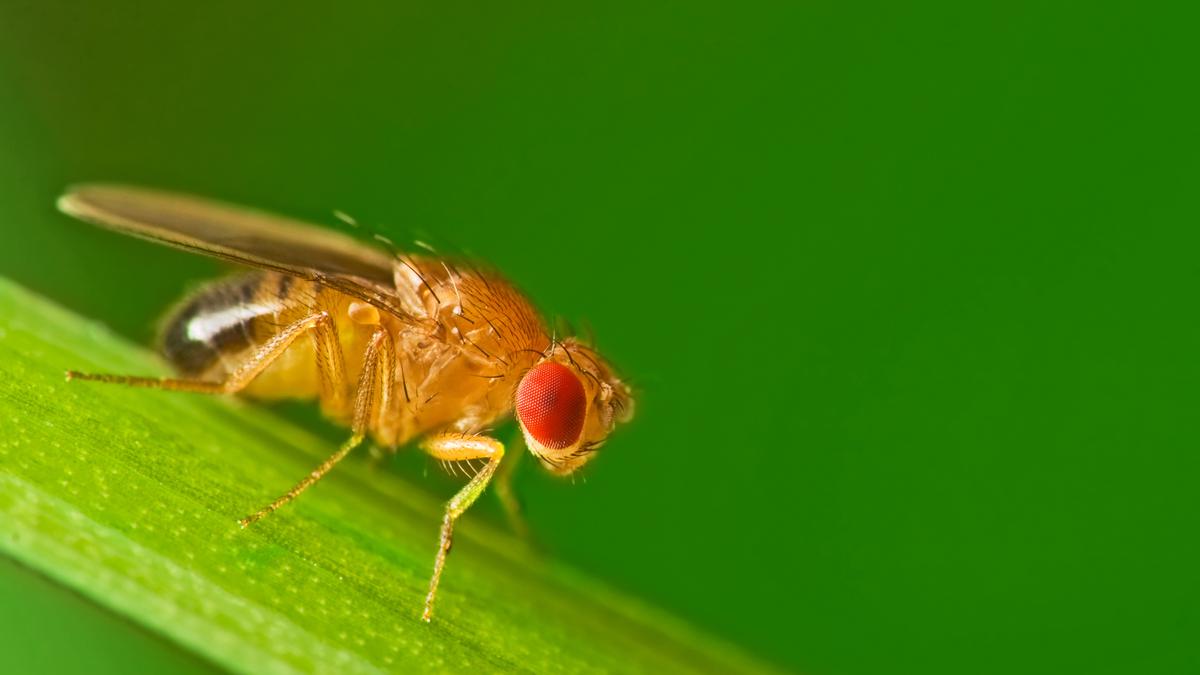Every person has a gene called HTT, but in individuals with Huntington’s disease, the HTT gene carries a mutation that causes an abnormally long stretch of repeating DNA. This expansion leads to the production of harmful proteins that wreak havoc on brain cells, causing progressive movement difficulties, cognitive decline, and emotional disturbances.
For decades, scientists have struggled to understand the complex mechanisms behind Huntington’s disease. Traditional research models, like rodents, are often expensive and time-consuming. Enter the humble fruit fly (Drosophila melanogaster). Thanks to their rapid reproduction, short lifespans, and simple nervous systems, they offer a powerful tool for studying neurodegenerative diseases.
In a recent study, researchers precisely engineered fruit flies to carry the same genetic mutation linked to Huntington’s disease. By studying these “Huntington’s flies,” scientists observed striking parallels to the human condition. The flies displayed symptoms like impaired climbing ability, shortened lifespan, and even changes in the structure of their nervous system.
These findings suggest that fruit flies can serve as a valuable platform for understanding the cellular and molecular processes underlying Huntington’s disease. Researchers can now test potential therapies in the flies, rapidly screening for promising candidates before moving on to more complex models.
While a cure for Huntington’s disease remains elusive, the use of fruit flies offers a glimmer of hope in the fight against this devastating disease. By unlocking the secrets of the fly brain, scientists inch closer to unraveling the mysteries of Huntington’s and may one day pave the way for effective treatments for patients.
